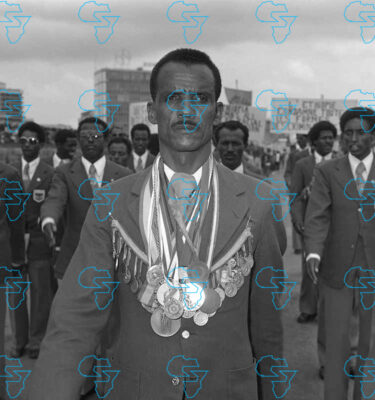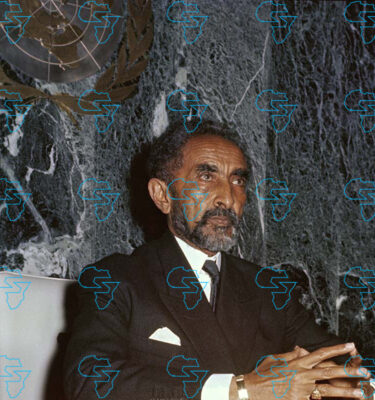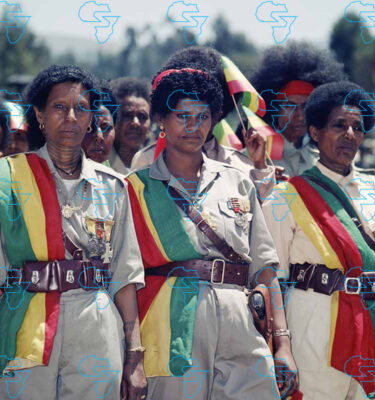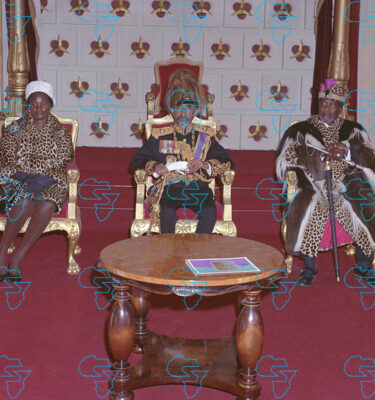
Commission estimates USD 5.38bln in losses, 1.2 million children out of school
An investigation by the Commission of Inquiry on Tigray Genocide (CITG) has revealed the extent of the catastrophic damage to Tigray’s education system, describing a near-total collapse of learning infrastructure and human capital following the two-year war and blockade.
The report estimates that the education sector alone sustained USD 5.38 billion in damages and losses—the largest toll among all social sectors assessed.
“Education faced a near-complete breakdown with over 1.2 million children out of school, enrollment declined by more than 80 percent, and 14,000 teachers and education leaders did not return to school,” the report states.
From The Reporter Magazine
According to the findings, schools across the region were “systematically targeted, looted, or repurposed” during the conflict that began in November 2020.
The assessment, based on data from 1,926 education institutions and 659,675 households, paints a grim picture of a once-thriving system dismantled by warfare and siege conditions.
CITG contends that learning was lost on a generational scale.
From The Reporter Magazine
According to the document, before the war, Tigray’s education system was nearing universal coverage, with high enrollment, gender parity, and strong teacher retention. But the report documents that more than 80 percent of schools were rendered nonfunctional, with thousands of classrooms destroyed and vital teaching materials lost.
Across primary, secondary, and higher education institutions, destruction ranged from burning and looting to deliberate repurposing of classrooms for military use.
“Across all sectors, the level of damage is dominated by complete destruction, followed by high-level damage, where most losses were catastrophic and largely unrecoverable,” notes the Commission.
The report attributes 56.3percent of the educational damage to the Eritrean Defense Forces (EDF), followed by 24.6 percent to the Ethiopian National Defense Forces (ENDF) and smaller shares to Amhara forces and other groups.
While rural schools were disproportionately hit, even higher education institutions including Mekelle, Axum, and Adigrat universities suffered crippling losses of laboratories, libraries, and dormitories.
CITG also noted that teacher training colleges were not spared. These institutions suffered an estimated USD 91 million in damages, with entire campuses burned or looted.
The Commission contends that the destruction was neither incidental nor contained. It draws parallels between assaults on education and the broader pattern of attacks on civilian infrastructure.
The Commission maintains that the methodology, based on the UN-ECLAC Damage and Loss Assessment (DaLA) and UNESCO’s Damage and Risk Assessment Framework, underscores that the impacts were measured in both physical destruction and long-term service loss.
“Losses far exceed visible damage,” the report reads. “The prolonged siege and blockade lasting more than two years, led to widespread service disruptions and lasting setbacks in health, education, and cultural continuity”.
Even schools that survived the fighting faced severe constraints during the blockade: no salaries, no textbooks, no food for school programs.
Many teachers fled or were displaced. Without electricity or internet, students missed years of instruction. The Commission warns of “intergenerational setbacks” in literacy, learning outcomes, and social mobility.
“Nearly half a million households (496,030) reported not having a functional access education service in their areas, and 4.2 percent had access during siege and blockage. From the results of the study, more than three quarter of the households (78.6 percent) with at least one school-aged child (7-18) were not attending formal education in their respective areas during the time of siege and blockage,” reads the report.
The document stated that after nearly three years of protracted war, millions of children were/are now estimated to no longer be attending schools and are left without access to learning spaces.
The breakdown in education was also followed by assessments of the wider humanitarian collapse. The report’s health chapter details an almost total system failure. It noted that maternal mortality soared from 186 to 840 per 100,000 live births, immunization coverage dropped from 100 percent to 20 percent, and less than 30 percent of hospitals and clinics remained functional.
The war also erased decades of community health progress, according to CTIG.
“Only 30 percent of hospitals, 17 percent of health centers, 11.5 percent of ambulances, and none of the 712 health posts were functional,” reads the report.
With more than 5.2 million people in need of emergency food and medical assistance, children bear the brunt of malnutrition, trauma, and preventable disease compounding the educational crisis. Many students, unable to access school feeding programs, dropped out permanently, notes the Commission.
The war’s effects reached far beyond classrooms and clinics. Tigray’s cultural heritage, from ancient monasteries to archaeological museums, also suffered devastating losses. The CITG estimates USD 1.6 billion in damage to cultural and religious sites.
“Heritage sites aged centuries were destroyed, erasing cultural identity and disrupting intergenerational links,” reads the report.
The EDF was again identified as the principal perpetrator, responsible for 38 to 40 percent of the damage to churches, mosques, and historical buildings.
Social welfare institutions, too, were targeted. The report documents USD 278 million in damage to cooperatives and community-based associations such as Edir and Equb — traditional systems of mutual support that once anchored Tigray’s resilience.
Their destruction, the Commission warns, “weakened long-established social and cultural fabric… eroding trust and collective capacity for recovery”.
The Commission’s findings frame the destruction of education not merely as collateral damage, but as part of a systematic undoing of society.
It calls for international recognition of the educational collapse as a human rights issue and urges “substantial investment and capacity-building to ensure sustainable recovery and resilience across Tigray’s social system”.
Despite massive reconstruction needs, the report also identifies resilience at the community level — teachers reopening makeshift schools, parents pooling scarce resources, and local organizations documenting losses for restitution.
“Bridging this gap will require more than reconstruction, it demands justice, institutional rehabilitation, and the restoration of social trust as prerequisites for recovery and reconciliation,” the Commission concludes.
.
.
.
#Report #Spotlights #Extent #Wartime #Damage #Tigrays #Education #System
Source link











